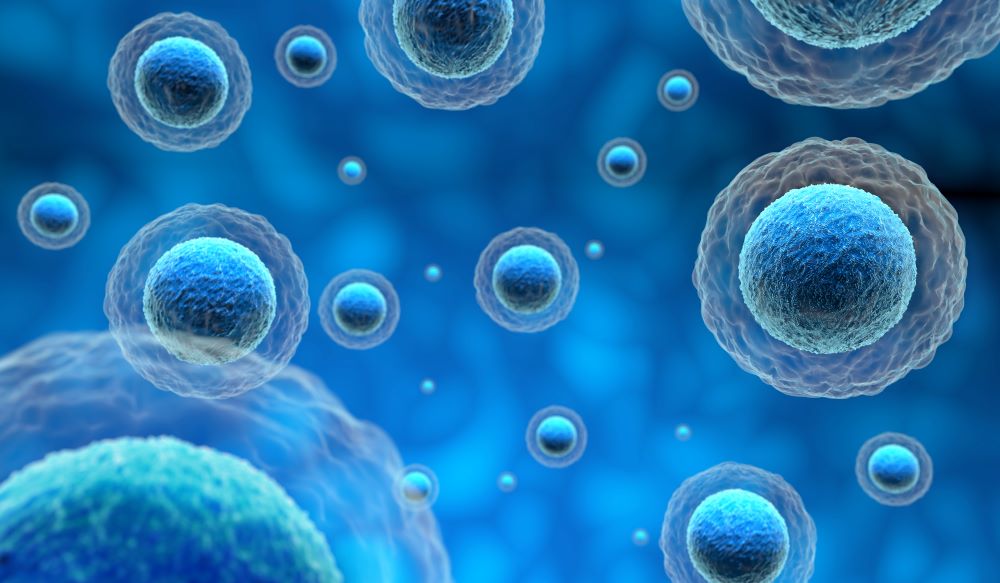Orthobiologic therapies have steadily moved from experimental applications to clinical reality. In musculoskeletal healing, especially where traditional surgical or pharmacologic approaches fall short, biologics offer new tools for tissue regeneration, inflammation modulation, and augmentation of repair. At the same time, their role in standard practice remains uneven. Some therapies are supported by clear biological rationale and emerging clinical evidence, while others remain speculative. As orthopedic professionals, you face increasing pressure to discern which therapies offer meaningful benefit, which are still investigational, and how reimbursement and integration can realistically shape what is adopted in the near term.

PRP and MSCs continue to dominate clinical use, but with limits
Platelet-rich plasma and mesenchymal stem cells are still the most widely applied biologics in orthopedic care. You likely encounter them most often in the management of tendinopathies, muscle injuries, and joint pathologies. PRP enhances healing through concentrated growth factors, with evidence supporting use in conditions like:
- Lateral epicondylitis
- Patellar tendinopathy
- Plantar fasciopathy
- Knee osteoarthritis
MSCs, typically derived from bone marrow or adipose tissue, offer both differentiation capacity and immunomodulatory effects. However, variation in:
- Harvesting sites
- Processing techniques
- Cell counts
- Delivery methods
continues to complicate consistent results.
While these therapies are biologically plausible and supported by preclinical models, high-quality randomized controlled trials are still limited in scope. Most of your colleagues using PRP or MSCs are applying them as adjuncts rather than standalone treatments. This pattern reflects a cautious integration driven more by patient demand and anecdotal success than by robust evidence.
Tip: When using MSCs in practice, document cell source, concentration, and delivery method consistently in patient records to support internal quality tracking and eventual outcome comparisons.
Growth factors and gene expression targeting show future potential
A growing body of work now focuses on more targeted biologics, particularly growth factors and gene-regulating agents. Investigational compounds include:
- Vascular endothelial growth factor (VEGF)
- Insulin-like growth factor 1 (IGF-1)
- Bone morphogenetic proteins (BMPs)
- Atelocollagen and simvastatin for meniscal healing
In meniscal repair, biologic augmentation with these agents shows promise in preclinical studies. Delivery via hydrogels or other scaffold systems could improve outcomes, especially in avascular zones where natural healing is slow or absent. Most of these remain preclinical, so clinical uptake will depend on whether future trials confirm translational efficacy and functional benefits.
AI, nanotech, and scaffold design are reshaping biologic delivery
Biologic efficacy is increasingly tied to how therapies are delivered. Advances in artificial intelligence and materials engineering are producing new platforms that make biologic use more targeted and reproducible. Current innovations include:
- AI-optimized stem cell culture and differentiation protocols
- Nanorobots under development for localized delivery of regenerative agents
- 3D-printed scaffolds customized to patient anatomy
- Bioactive materials for sustained release of growth factors
You may soon see these tools integrated into clinical workflows, especially in high-volume centers focused on sports medicine, spine surgery, and cartilage repair.
Tip: Begin establishing a workflow for evaluating scaffold-based products now. Standardized vendor questionnaires and storage protocols can streamline future integration once clinical approval arrives.
Stress fracture management is a key testing ground for biologic utility
Stress fractures, particularly in athletic and military populations, offer a clear use case for biologics. These injuries are painful, slow to heal, and prone to recurrence. Although biologic use in this setting is still evolving, the main interventions being explored are:
- Bone marrow aspirate concentrate (BMAC)
- Platelet-rich plasma (PRP)
- Recombinant growth factors used as surgical adjuncts
Most of you using biologics for stress fractures are combining them with internal fixation. While preclinical studies suggest enhanced osteogenesis, clinical evidence remains inconclusive. Improved study design and longer follow-ups are necessary before these therapies can be recommended more widely.
Reimbursement structures remain a barrier to integration
Cost remains one of the biggest challenges in adopting biologic therapies more broadly. The 2025 CMS Physician Fee Schedule reduced payments by 2.93 percent, which impacts both surgical and nonsurgical orthopedic procedures. Barriers you are likely to encounter include:
- Lack of dedicated CPT codes for most biologic injections
- Inconsistent coverage across commercial and public insurers
- Limited bundled-payment models that include biologics
- Insufficient cost-effectiveness data to justify use in value-based contracts
Surgeons surveyed in recent studies emphasized the need for both clinical efficacy and economic justification before scaling biologic use. While pilot programs and institutional support may offset costs in some settings, broader adoption will require standardized coverage policies and demonstrable downstream savings.
Decision-making in biologics depends on clinical context and critical judgment
The field of orthobiologics continues to evolve, with new therapies entering preclinical pipelines and others gaining traction through patient outcomes and surgeon advocacy. You’re faced with balancing evidence, patient preference, surgical feasibility, and financial viability every time you consider adding a biologic therapy to a treatment plan. PRP and MSCs are here to stay, but their utility will improve with standardization and better data. Gene therapies, growth factor platforms, and AI-assisted interventions show early promise, though their impact is still years from full clinical validation.
Sources
Advances in Biologics: A New Frontier in Orthopaedic Therapy
Biologic therapies for tendon and muscle injury
Biologic therapies in stress fractures: Current concepts
Emerging biologic augmentation strategies for meniscal repair: a systematic review
This article is provided for informational purposes only and does not constitute medical or professional advice. The content reflects current research, expert perspectives, and industry trends in orthobiologic therapies but should not be interpreted as clinical guidance or a substitute for consultation with a qualified healthcare professional. Orthobiologic interventions—including PRP, MSCs, and growth factor therapies—carry potential risks, and their efficacy can vary based on individual circumstances and treatment protocols. Orthopaedic professionals and patients should consult with board-certified specialists to evaluate the most appropriate and evidence-based options for their specific needs. Always rely on direct medical advice for diagnosis, treatment planning, or decision-making.





